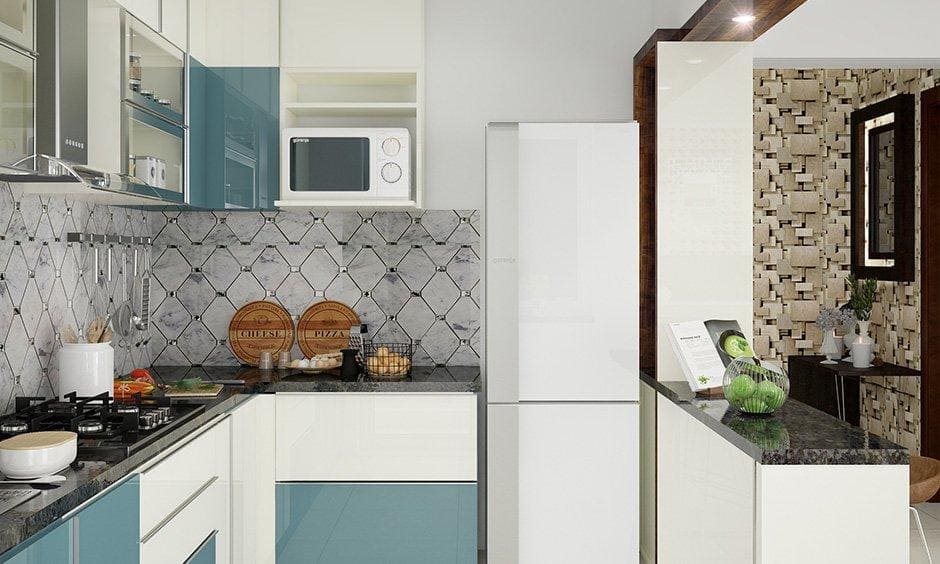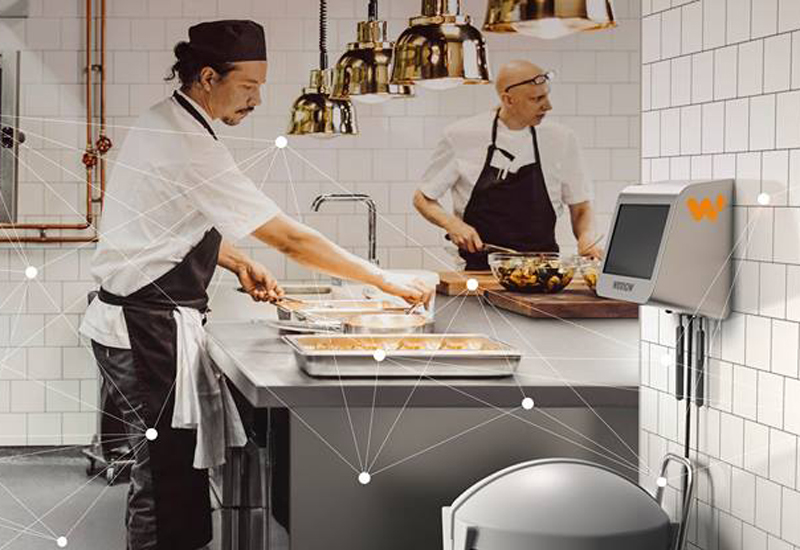In todays rapidly advancing technological landscape, automating indoor air quality is becoming an essential facet of creating healthier living spaces. As concerns about air pollution and its impacts on health continue to rise, integrating smart technology into our homes offers a promising solution. By utilizing cutting-edge innovations, we can effectively manage and improve the air we breathe indoors. This article delves into the significance, methods, and benefits of automating indoor air quality, providing insights for everyone eager to enhance their home environment.

Understanding Indoor Air Quality
Indoor air quality (IAQ) refers to the condition of the air within and around buildings and structures, particularly as it relates to the health and comfort of the occupants. Factors contributing to poor IAQ include pollutants such as dust, mold, VOCs (volatile organic compounds), and inadequate ventilation.
Monitoring and improving IAQ can significantly reduce health risks and improve overall well-being. According to the Environmental Protection Agency, indoor air can be more polluted than outdoor air, making it crucial to address these issues through effective strategies.
The Role of Smart Home Technology in IAQ
Smart home technology plays a pivotal role in automating indoor air quality. Devices such as air purifiers, smart thermostats, and air quality monitors can be seamlessly integrated to maintain optimal air conditions. These devices can detect pollutants and adjust settings automatically, ensuring a healthier environment.
Benefits of Automation
Automating IAQ comes with numerous benefits:
- Improved Health: Reducing exposure to pollutants can lead to fewer respiratory issues and allergies.
- Energy Efficiency: Smart systems optimize energy use, reducing costs and environmental impact.
- Convenience: Automation allows for hands-free control and monitoring of air quality.
Innovative Devices for IAQ Automation
Smart Air Purifiers
Smart air purifiers can automatically adjust their settings based on real-time air quality data. They are equipped with HEPA filters to capture particles as small as 0.3 microns.
Smart Thermostats
These devices not only regulate temperature but also monitor humidity and airborne particles, making adjustments as needed to maintain comfort and air purity.
Air Quality Monitors
Monitors provide real-time data on pollutants, allowing users to respond swiftly to changing conditions. Many are compatible with home automation systems for seamless integration.
Implementing Home Automation for IAQ
Setting Up Smart Systems
Setting up a smart home system involves selecting compatible devices that can communicate with each other. Platforms like Alexa and Google Home facilitate this integration. For more details, you can visit setting routines with Alexa.
Geofencing Technology
Geofencing allows devices to operate based on the location of your smartphone. For instance, air purifiers can turn on as you approach your home, ensuring fresh air upon arrival. Explore more about this technology at geofencing in home automation.
Addressing Common Challenges
While the benefits are clear, challenges such as network issues or device compatibility can arise. For troubleshooting tips, check smart home networks.
Future of IAQ Automation
The future of IAQ automation is promising, with advancements in AI and machine learning poised to further refine and personalize air quality management. As technology evolves, homes will become more responsive and efficient, ultimately contributing to healthier living environments.

FAQ
What is indoor air quality?
Indoor air quality (IAQ) refers to the quality of air within buildings, influenced by pollutants, ventilation, and other factors impacting health.
How does smart technology improve IAQ?
Smart technology improves IAQ by using devices that monitor and adjust air conditions automatically, ensuring optimal air quality and comfort.
Can automation reduce energy costs?
Yes, automation can enhance energy efficiency by optimizing device use, thus reducing overall energy consumption and costs.
For broader insights on home automation, you can explore this external link.





